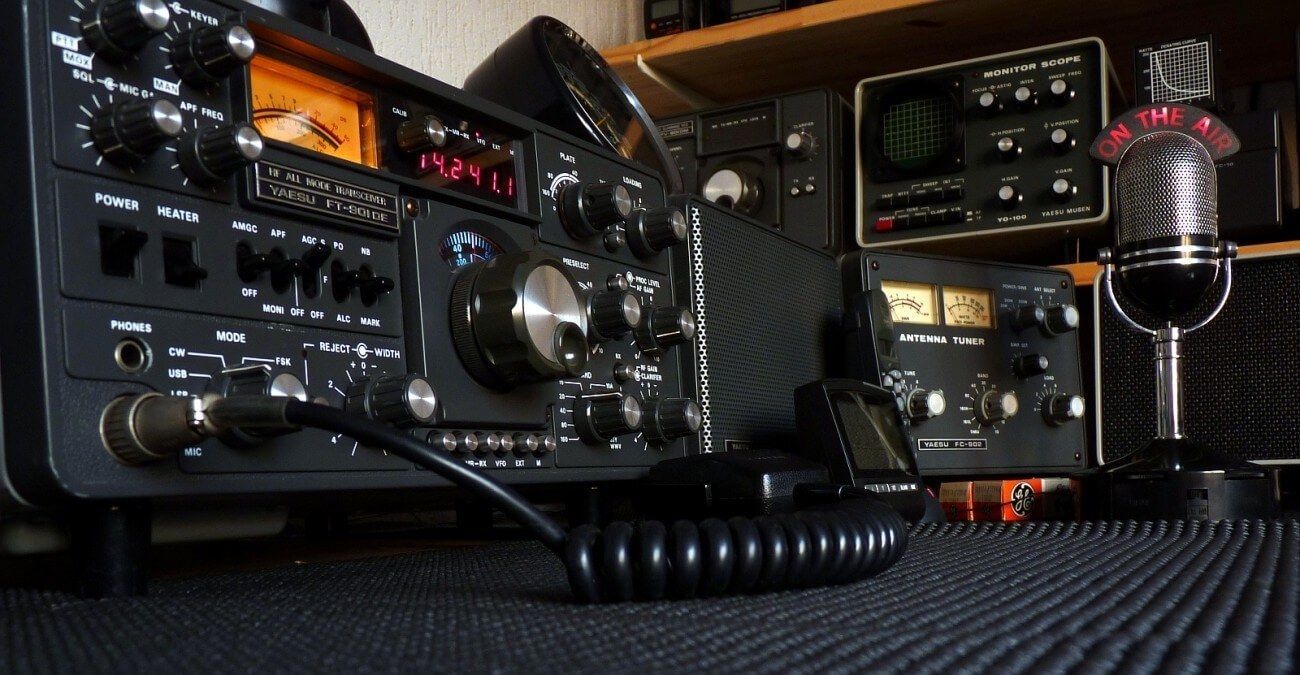
Send Inquiry
Typical Applications of Amateur Radio Emergency Frequencies
Ham radios play a critical role in emergency situations by providing reliable communication when traditional methods fail.
Whether it's during natural disasters, remote travel, or vehicle breakdowns, ham radios serve as a lifeline for individuals in need of assistance.
Understanding Ham Radio Emergency Frequencies
Common Emergency Frequencies
Ham radios operate on various frequencies allocated for emergency communication.
These frequencies serve critical roles in ensuring connectivity during crises.
Each frequency has a specific purpose, ranging from national emergency channels to local agency communication.
Understanding these frequencies and their typical usage is essential for effective emergency communication.
Importance of Checking Regional Variations in Frequencies
Emergency frequencies can vary regionally and by organization.
It's crucial to check with local authorities or ham radio clubs for specific frequencies in your area to ensure seamless communication during emergencies.
Utilizing Ham Radios for Emergency Communication
Benefits of Ham Radios over Other Communication Methods
Ham radios offer several advantages over traditional communication methods such as cell phones and CB radios.
They operate independently of infrastructure and can provide reliable communication even in remote or disaster-stricken areas.
Importance of Licensing and Joining Amateur Radio Clubs for Skill Refinement
Obtaining a ham radio license and joining amateur radio clubs are essential steps for mastering emergency communication skills.
These platforms provide valuable resources, training, and opportunities to refine your abilities as a ham radio operator.
Real-life Scenarios Where Ham Radios Can Be Life-saving
From natural disasters to vehicle breakdowns in remote locations, ham radios have proven to be life-saving tools in various real-life scenarios.
Their ability to establish communication when other methods fail makes them indispensable for emergency preparedness and response.
Benefits of Ham Radios During Emergencies
Versatility in Communication Modes and Frequencies
Ham radios offer versatility in communication by providing access to various modes and frequencies.
This flexibility allows operators to adapt to different scenarios and ensure effective communication during emergencies.
Supportive Global Community of Ham Radio Operators
The global community of ham radio operators serves as a valuable resource during emergencies.
These operators are often experienced in emergency communication and can provide support, guidance, and assistance to those in need.
Ability to Operate on Solar Power or Batteries During Grid Failures
Ham radios can operate on solar power or batteries, making them resilient during grid failures.
This capability ensures continuous communication even in situations where traditional power sources are unavailable.
Capacity for Global Reach in Extreme Situations
In extreme situations such as natural disasters impacting entire regions, ham radio operators can establish communication with others worldwide.
This global reach facilitates the exchange of information and coordination of response efforts on a broader scale.
Disaster Support and Volunteer Efforts
Role of Ham Radio Operators in Supporting Disaster Response Efforts
Ham radio operators play a crucial role in supporting disaster response efforts by government agencies, non-profit organizations, and emergency response teams.
Their communication skills and resources contribute to efficient coordination and assistance delivery during crises.
Formation of Communication "Nets" for Disseminating Critical Information
During emergencies, ham radio operators often form communication "nets" to disseminate critical information.
These nets serve as platforms for sharing weather updates, situational reports, and assistance requests, ensuring that relevant information reaches those who need it most.
Facilitation of Call-ins for Those in Need of Assistance
Ham radio operators facilitate call-ins for individuals in need of assistance during emergencies.
By providing a channel for communication, they enable affected individuals to request help, report emergencies, and receive guidance or support from response teams and fellow operators.
Conclusion
Ham radios serve as a reliable and versatile communication tool during emergencies.
With designated emergency frequencies and a global network of operators, they play a vital role in disaster response, remote travel, vehicle breakdowns, international communication, and preparedness activities.
Whether you're a seasoned ham radio enthusiast or considering getting started, understanding emergency frequencies and their typical applications can enhance your emergency preparedness and ensure you stay connected when it matters most.

